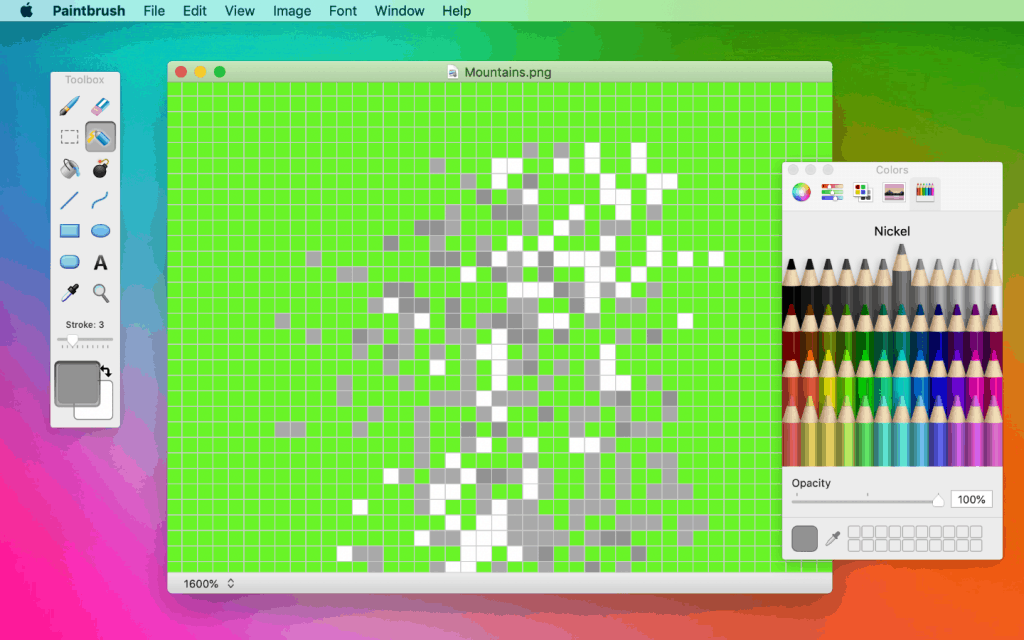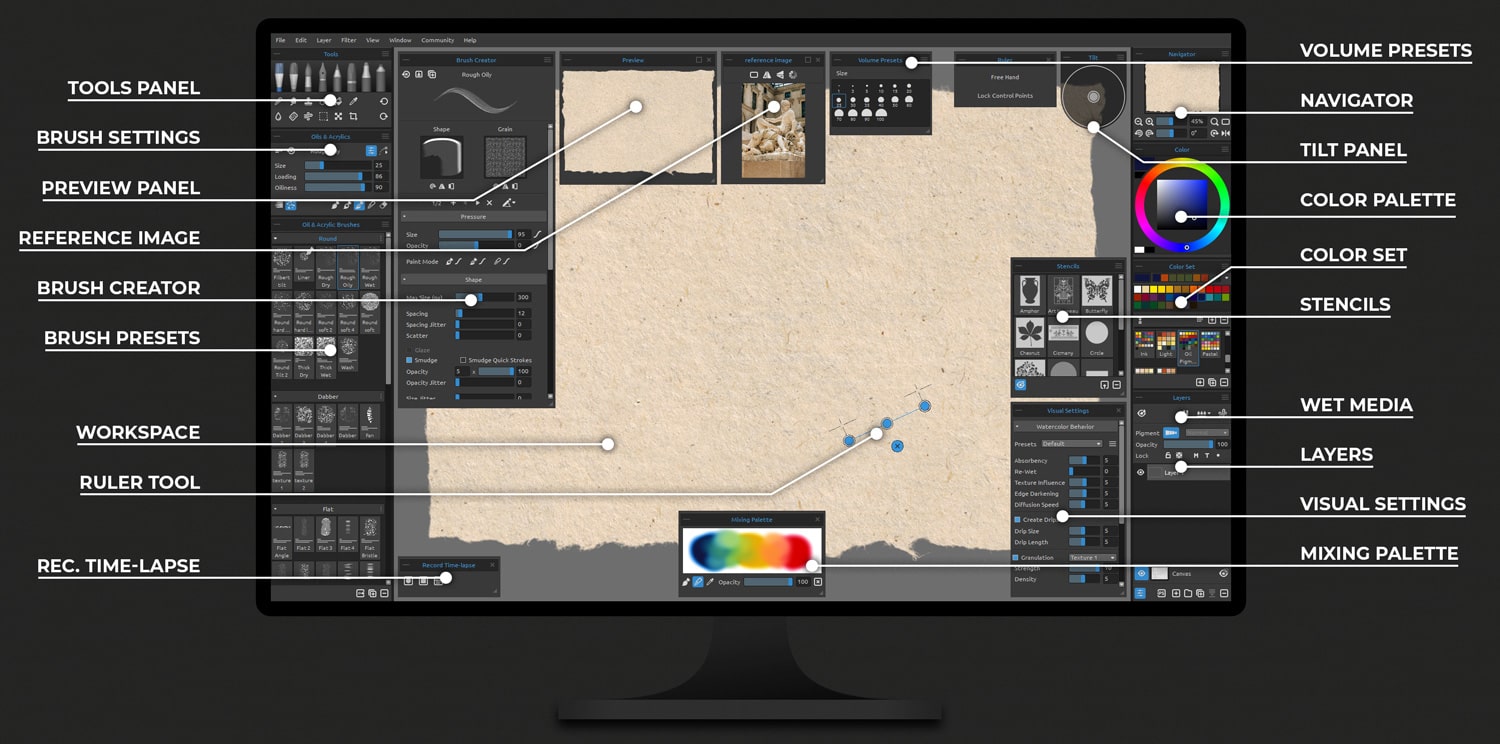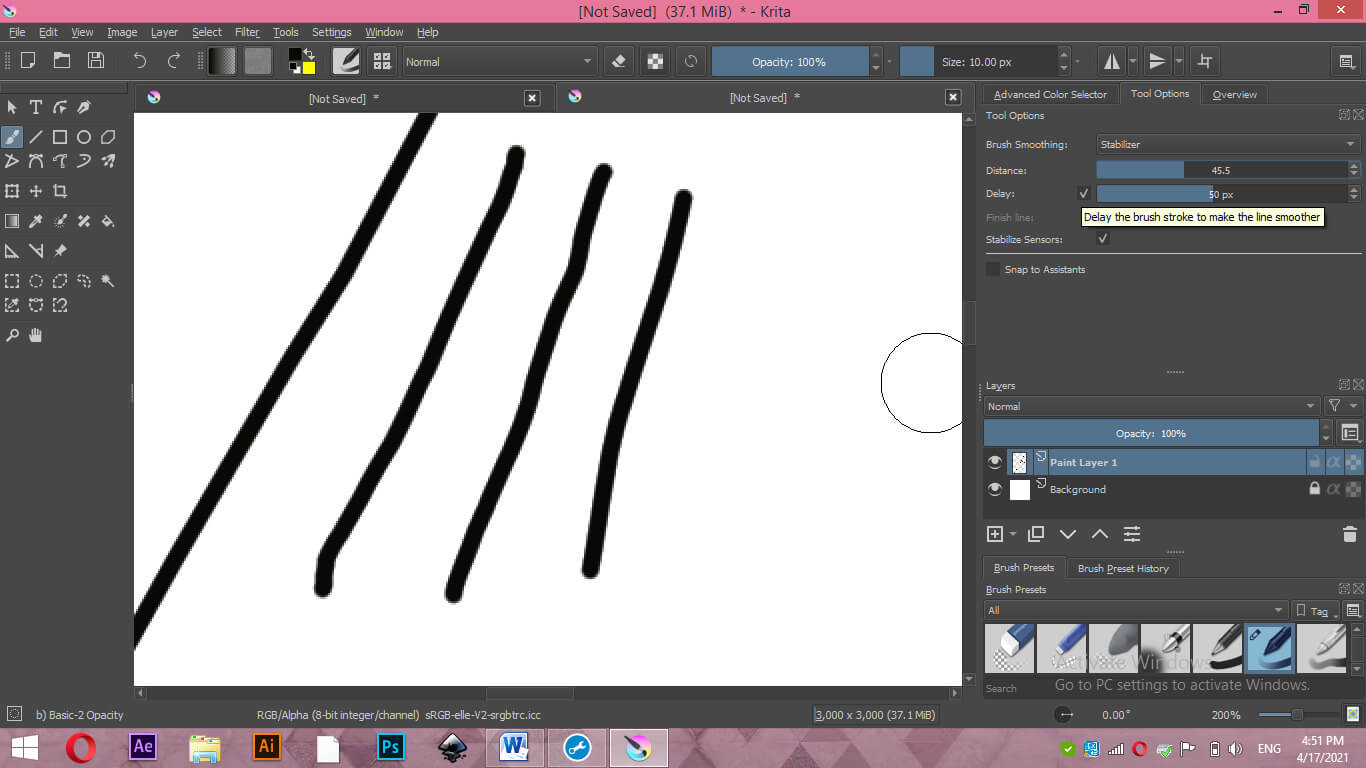

Occasionally an establishing shot hits home, but in general the layout is trying WAY too hard. Almost none of the choices of graphic design work at all. Ultimate X-Men is a fun read but the panel design is a disaster. In general, Resonator is print-native and has TINY text… Very tall panels for single speaker, long ones for two-person dialog or to combine a lot of text and visuals. Lots of narrow or tall panels, which works as a way to alternate between big establishing shots and dense dialog. The Resonator is fairly formal but never *too* rigid with panel choices. No speed gains here, but perhaps a message that full custom has its place. This works with the particular comic really WELL though, because he draws himself in closeup, talking, a LOT.ĭAR and Narbonic both are webcomics mashed into book format, but both worked surprisingly well as page layout in the end.īlacksad is REALLY variable and the page layouts are hand-crafted on a per-page basis. Scott McCloud uses a 4x3 sliceup of the page, and it’s four VERTICAL slices and three HORIZONTAL ones, which is weird because it makes the panels, on average, LESS square.

* There are actually a LOT of possible combinations.

* Extremely weird comic panels CAN work, but when it fails it looks painful and forced. * You can get away with smaller panels than you think I came away feeling like I’d learned a little less than I’d hoped, but here are some takeaways: Inspired by this awesome post about making comics quickly, I took a look at some comics I own to get some sense of different kinds of panel design choices.


 0 kommentar(er)
0 kommentar(er)
